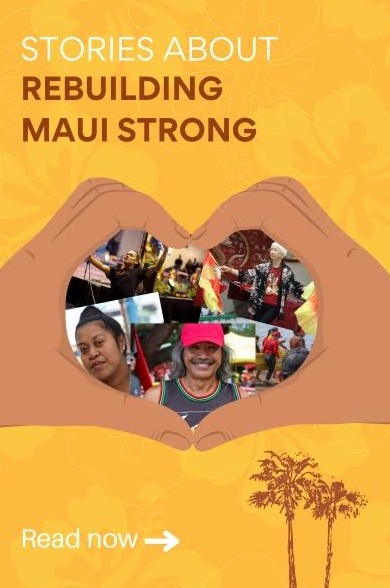By Shree Baphna
**Warning: Post may contain spoilers**
What’s Love Got to Do with It is a story about arranged marriage told through the eyes of a White woman through the eyes of an Indian director. It is a roundabout way of making a film that had ample potential to break down stereotypes, but sadly has only reinforced them.
Zoey, played by Lily James, is a documentary filmmaker who decides to make her childhood friend Kaz’s arranged-marriage journey the topic of her next film. Kaz (Shazad Latif) is from a Pakistani-British family and juggles an internal cultural war between the West and East, along with keeping true to his Islamic faith.
Kaz and Zoey grew up next door to each other. In fact, from the movie, they seem to have grown up in conjoined houses, with nothing but a wall separating the two structures. The panned-out shot of the house, symbolizing the sheer closeness of Zoey and Kaz is what becomes the focal point of the film. Despite living on the same street, in identical houses, and with identical external environments, Zoey and Kaz could not be more different because of the cultural atmosphere cultivated inside their homes.
When Kaz announces his intention of finding a good Pakistani wife for himself, Zoey jumps at the chance to explore this new method of finding a lifelong companion via a documentary- especially since her own love life does not seem to be progressing much. But of course, one thing vexes her about arranged marriage- where is the element of love in this process? To which the Pakistani characters reply in the chorus- what has love got to do with it?
The movie represented nothing more than a very truncated and superficial version of the impressions most White westerners have of immigrants and immigrant customs. The dialogue seemed incomplete- none of the characters had anything compelling to say. I nearly caught myself rolling my eyes when Kaz- in his tirade about how he is so different from Zoey and how tired he is of internal conflict between his Pakistani values and Western upbringing- laments that he hates “constantly being asked where he actually is from”, even though he is born and brought up in England.
I am in no way trying to belittle the experience of South Asian immigrants. In fact, I feel the director has not done enough justice at all. The movie had enormous potential to truly dive deeper into the nuances of being an immigrant, of being a Muslim, while also trying to fit into Western society. However, it chose to highlight the most frivolous of experiences, to my chagrin.
Most atrocious of all, the movie boasts the likes of Shabana Azmi in its credits, who is an icon and a powerhouse of an actress in Indian cinema. Yet, her character is given the worst dialogues and is reduced to a stereotypical conservative auntie, who cares nothing more than to ensure her son’s bride has a “wheat-ish complexion”, as opposed to being too dark-skinned.
Kaz himself does not do well enough to destroy the stereotypes of South Asians and their fanatic adherence to their values and customs. His visible discomfort when he sees his young fiancée dancing, drinking, and enjoying herself at their wedding festivities was a look that rankled me. Perhaps it was the director’s intention to paint Kaz in such a light. To me, this presented nothing more than a retraction into the problematic image Western media paints of Islam and its followers.
To make matters worse, the film brings in subtle elements of White-saviors. When Zoey’s documentary is screened to her audience for the first time, it is portrayed almost as a wake-up call to Kaz and his family, highlighting their ‘erroneous ways’. For instance, it is revealed to the audience how Kaz’s sister, Jamila, was disowned by the family for marrying a White man. I will admit this is very real for Desi/South Asian families. However, the turning point in the plot should not be driven by a White woman with her very honest and raw documentary and liberal thoughts. It takes away power and agency from the characters of color in the film. It makes them seem as if they are incapable of character development and growth unless a White protagonist is there to point them in the right direction and show that hegemonic Western culture has been the ‘right’ along.
In conclusion, What’s Love Got to Do with It is a lazy portrayal of the age-old trope of arranged marriage and its shocking absence of love and marrying for love. The juxtaposition between a rule-abiding Desi character and their White counterpart who exclaims passionately about love and ‘taking a chance’ in life is grossly overdone.
More so, the film mirrors the current movement in pop culture. Matchmaking and arranged marriage are getting all this buzz and attention, but from a very Western lens and purely for the fulfillment of Western consumption. All these stories do is show how Western ‘methods’ always triumph, and South Asian/Desi customs are oppressive, outdated and never work. There is a severe absence of cultural nuance and an exploration of how these customs came to be. Such films would perhaps do better to show that arranged marriage isn’t for everyone, as opposed to being completely irrelevant.
Support our June Membership Drive and receive member-only benefits. We are 32% of our goal of $10,000 in new donations and monthly and annual donation pledges and 25% of our goal of gaining 25 new monthly donors by the end of the Month.
We are published by the non-profit Asian American Media Inc and supported by our readers along with the Robert Wood Johnson Foundation, AARP, Report for America/GroundTruth Project & Koo and Patricia Yuen of the Yuen Foundation.
You can make your tax-deductible donations here via credit card, debit card, Apple Pay, Google Pay, PayPal and Venmo. Stock donations and donations via DAFs are also welcomed. Contact us at info @ asamnews dot com for more info.




